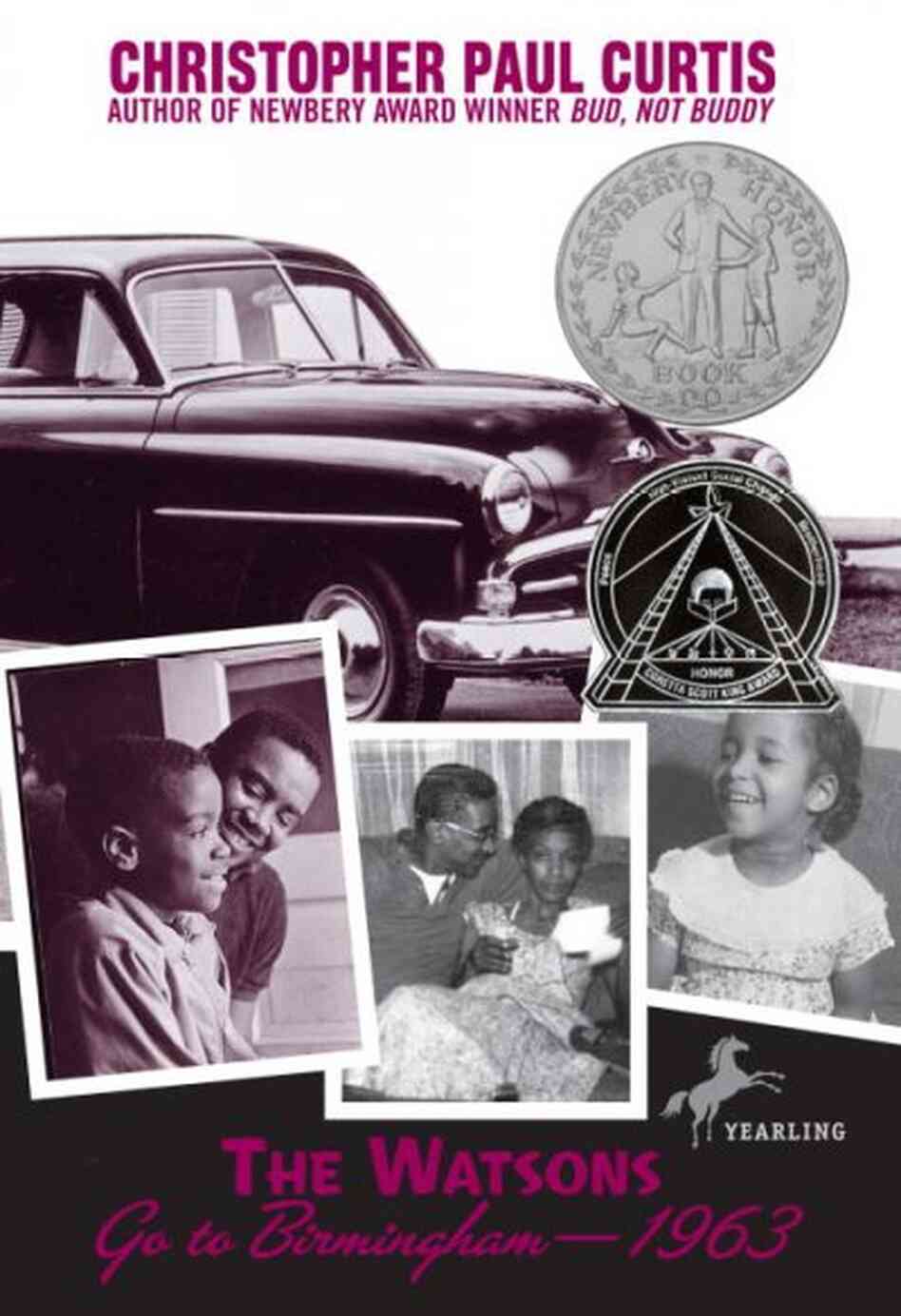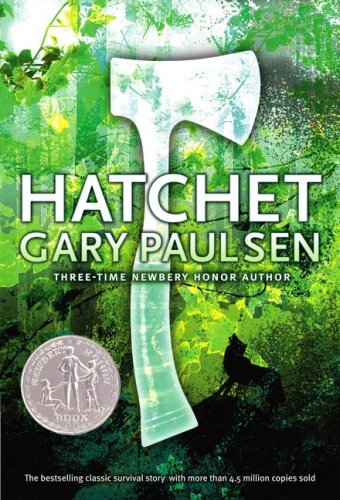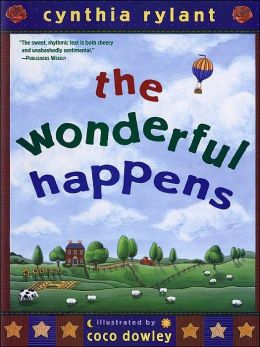Retold by James Riordan and illustrated by Andrew Breakspeare
New York: Oxford University Press (2000)
If there are two things I am passionate about, they are all types of literature, and Russia. Anything Russian at all. So it's surprising that I haven't picked up any Russian fairy tales before this collection. In James Riordan's
retelling of these tales, apparently collected and translated from original sources, I found yet another window into the mysterious Russian lifestyle; this time, through words meant for children.
The classic and most well known of the Russian tales is
"Vasilissa the Wise and Baba Yaga." I had heard before about the (in)famous Baba Yaga, who is contrarily evil and kind in various Russian tales, but I had never before experienced the forms that this takes. The story starts out similarly to our tale of Cinderella, with one key difference: there is no prince. Vasilissa's mother dies when she is still very young, and leaves her with a doll and a set of instructions: "Take good care of this doll and show her to no one. Whenever you need help, give the doll a bite to eat and...she will tell you what to do" (p. 6). Of course, Vasilissa's father eventually remarries a nasty woman with two horrible daughters, all of whom torment Vasilissa by forcing her to do chores. Whenever she is overwhelmed, Vasilissa's doll helps her finish her tasks. The main task of the story is when the lights all go out and the sisters tell Vasilissa to get a light from Baba Yaga, who lives far away. After being trapped by Baba Yaga for two days, Vasilissa manages to escape: the doll tells her to be kind to the servants and animals that usually do Baba Yaga's bidding (she gives her headscarf to the servant girl, for example, a pie to the cat, a bone to the dog). She also takes a light from Baba Yaga's land, which is actually a lit skull. When she brings it back to her evil family members, they are burnt up from its gaze. Vasilissa and her father live happily after that, and Vasilissa keeps her doll "just in case she might need her again" (p. 17).
This story is quite different from ones we often tell children. Rarely do the bad guys burn up in the end from the glare of a lit skull. However, the overall message that good triumphs over evil remains true, as does the idea that good deeds will take you far. (Although the Baba Yaga does live on to traipse through many other fables.) Unlike our Cinderella, Vasilissa is not saved by a prince, but rather by her own actions. In a culture which historically has treated its women almost as equals with its men, this fact is perhaps not so surprising.
The second story I read was
"Ivan the Fool and the Magic Pike." In it, a foolish and lazy younger brother goes to fetch water from the frozen river. To his surprise, he catches a talking fish, which convinces him to let it go by promising him the power to grant any wish he likes. Lazy Ivan uses this to his advantage, reciting the magic words, "By will of the pike, do as I like!" before any task he needs to get done. Soon, word about Ivan's powers reaches even the Tsar, who sends for him by tempting him with a set of new clothes. Once Ivan arrives (he orders his stove to take him there so he can remain warm and comfortable), the tsar tells him he is in trouble for disrupting the villagers. At the same moment, Ivan falls in love with the tsar's daughter, Ludmila, and wishes that she would fall in love with him. When the tsar discovers this, he banishes them both, but Ivan wishes them back to shore and then wishes them a castle. In the end, the tsar finds out and, when he realizes Ivan can destroy his kingdom if he wanted to, gives Ivan and Ludmila his blessing. Later, "Ivan the Wise became the best ruler Rus has ever known" (p. 26).
Unlike the previous story, I struggle to find a moral point to "Ivan." Perhaps the point was merely to entertain; this certainly is a fun, silly story in which everyone everyone ends up happy. The transition of Ivan the Fool to Ivan the Wise is interesting, since there is no actual character development across the story. In fact, an analysis of this story could even suggest a negative moral implication because his laziness pays off in the end. As such, I choose believe it is just a funny story to tell children that does not necessarily try to teach a lesson. Many Russian authors who wrote much more recently have adopted this style, so it stands to reason that fairy tales might used as a model.
"Fenist the Falcon," the third story I read, again features Baba Yaga, this time in the complete opposite role. A young, selfless daughter, Marushka, becomes the mistress of the house after her mother dies. She asks her father for one thing only: a feather from Fenist the Falcon. After many long trips searching to find this feather, the father is finally successful. It turns out that the feather is magic, and at night the falcon turns into a boy, Fenist, trapped in falcon form by an evil spell. When Marushka's selfish sisters banish Fenist, Marushka leaves on the long journey to find him. She must "go to the ends of the earth; wear out three pairs of iron shoes and three iron staffs, and eat through three stone loaves" (p. 46) before she can reach her love. She of course begins this trek and, one by one, wears through the shoes, staffs, and loaves of bread. Along the way, she meets Baba Yaga, who gives her advice on how to reach the castle in which Fenist is trapped. When she finally reaches this place, she bribes the queen to let her see Fenist three nights in a row; however, the queen drugs him to sleep so Marushka cannot awaken him. On the last night, Marushka cries, and a tear falls on Fenist, breaking the spell and setting him completely free. In the end, the queen is banished from the land. Marushka takes her place because, as the story ends, "she was bold and wise and strong" (p. 52).
Similar to
"Vasilissa," this story commends the extended efforts, patience, and determination of the young female protagonist. I particularly enjoyed this story as I was reading it because it contains certain elements characteristic of fairy tales, especially the repetition of key events and phrases. For instance, each of the three times Marushka meets Baba Yaga, she sings a little song to her hut in order to be allowed in. This kind of repetition makes stories easier to recall and repeat orally, and it also helps children listening to the story remember it and engage in it. As I read, I was thinking that this tale is almost an opposite-version of our Sleeping Beauty, in which the prince has to travel to the wake the princess. I like this telling of a journey for love because it emphasized the difficulty of the adventure as well as rewarded her efforts. No one violently died, and the queen was simply banished from the land. I think this is definitely a story to tell children here in America, perhaps in conjunction with Sleeping Beauty. Then we could invite them to make the comparisons and discover their feelings about the fluid gender roles across the tales.
Although I enjoyed the translations of the stories, Andrew Breakspeare's illustrations could have been more effective. The drawings were beautiful, and the placement of artwork seemed typical for a collection of fairy tales. For example, there were introductory pictures on the beginning page, occasional full-page illustrations, and smaller drawings of specific important objects at crucial parts of the story. The end of "Fenist"features a drawing of one lone feather, reminding the reader where the whole story began. My main issue with the illustrations is that they did not seem inherently Russian. They could have accompanied the stories if they had been from any other culture. In a collection specifically comprised of Russian tales, translated from original tellings, Russian-style illustrations could have increased the engagement with the tales as well as made students more curious about the culture.
Still, as it is, this book offers a great view into the plentiful world of Russian folk and fairy tales, and I look forward to reading more in this same genre.













